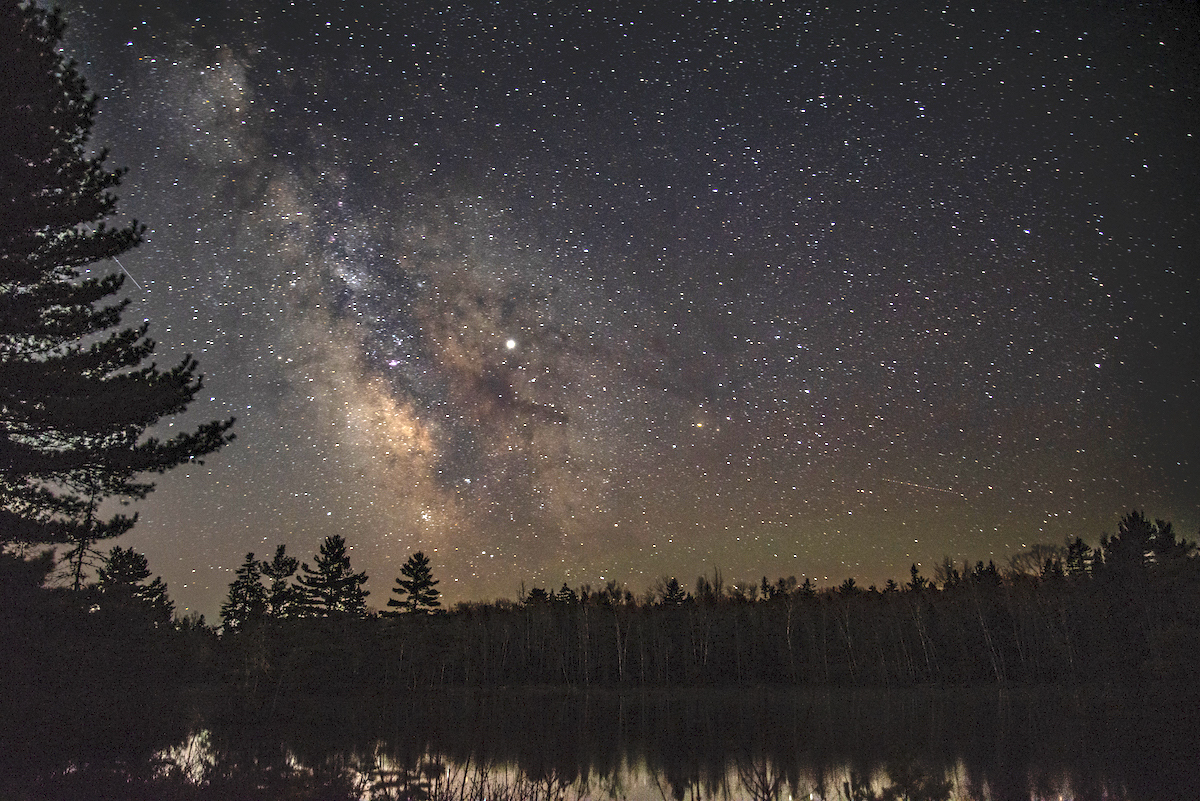Enjoy dark clear nights away from city lights and the company of like-minded amateur astronomers who appreciate the wonders of the night sky. Most clear Moon-free nights, you will find our keen observers out there!
Halifax RASC Monthly Observing Nights for 2025
| Month | New Moon | Members Night | |
| January | Wed 29th Jan | Friday 31st Jan | Punamujuik'us (Tomcod Spawning/Frost Fish Moon) |
| February | Thursday 27th Feb | Friday 28th Feb | Apuknajit (Snow Blinding Moon) |
| March | Saturday 29th March | Friday 28th Mar | Siwkewiku's (Spring/Maple Sugar Moon) |
| April | Sunday 27th April | Friday 25th Apr | Penatmuiku's (Birds Laying Eggs Moon) |
| May |
Monday 26th May |
Friday 30 May |
Sqoljuiku's (Frogs Croaking Moon) |
| June |
Wednesday 25th June |
Friday 27th Jun |
Nipniku's (Trees Fully Leafed Moon) |
| July |
Thursday 24th July |
Friday 25th July |
Peskewiku's (Birds Shedding Feathers Moon) |
| August |
Saturday 23rd Aug |
Nova East Weekend |
Kisikewiku's (Berry Ripening Moon) |
| September |
Sunday 21st Sept |
Friday 19th Sept Cancelled due to Woods Ban |
Wikumkewiku's (Mate Calling Moon) |
| October |
Tuesday 21st Oct |
Friday 17th Oct |
Wikewiku's (Animal Fattening Moon) |
| November |
Thursday 20th Nov |
Friday 21st Nov |
Keptekewiku's (Rivers Starting to Freeze Moon) |
| December |
Friday 19th Dec |
Friday 19th Dec |
Kesikewiku's or Kjiku's (Winter/Chief Moon) |
Members can be found observing there most clear, dark nights. For more information, Contact Us .

Become a SCO Key Holder
For a modest fee, members who have been in good standing for more than a year and who have been briefed on the operation of the observatory can gain access to the facility by having their very own key. Contact Us for details.
